The countries in the Maas, Schelde and Rhine delta are among the most prosperous in the world. They share their rich history, their favourable location on the North Sea and their unique spatial configuration. Today the world is facing a number of radical transitions in the areas of climate, energy, mobility, agriculture and economy. These global transitions pose a threat, but also an opportunity. What is special about the transitions is that they have a large spatial impact. Conversely, this means that we can not realize the transitions sufficiently quickly and qualitatively as long as we do not understand them as a spatial task.
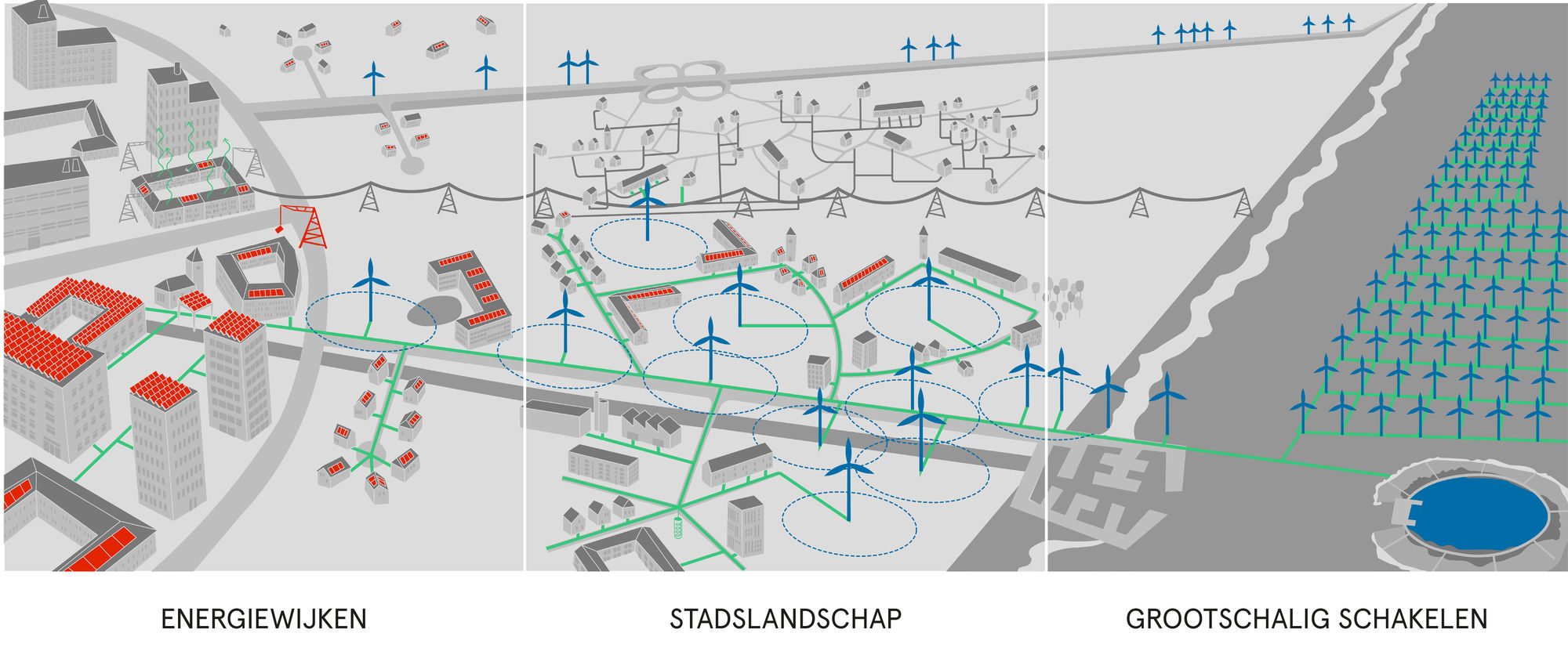
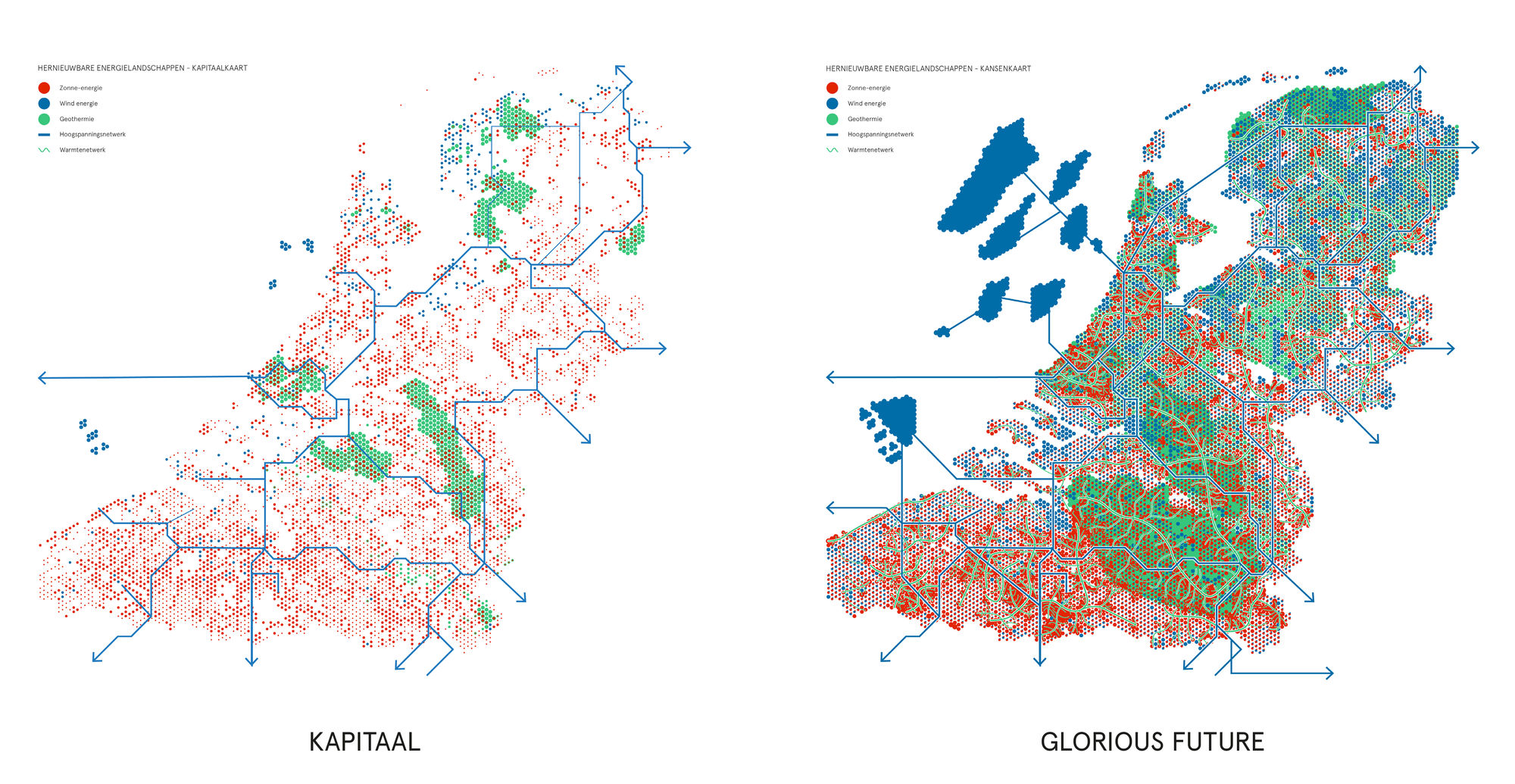
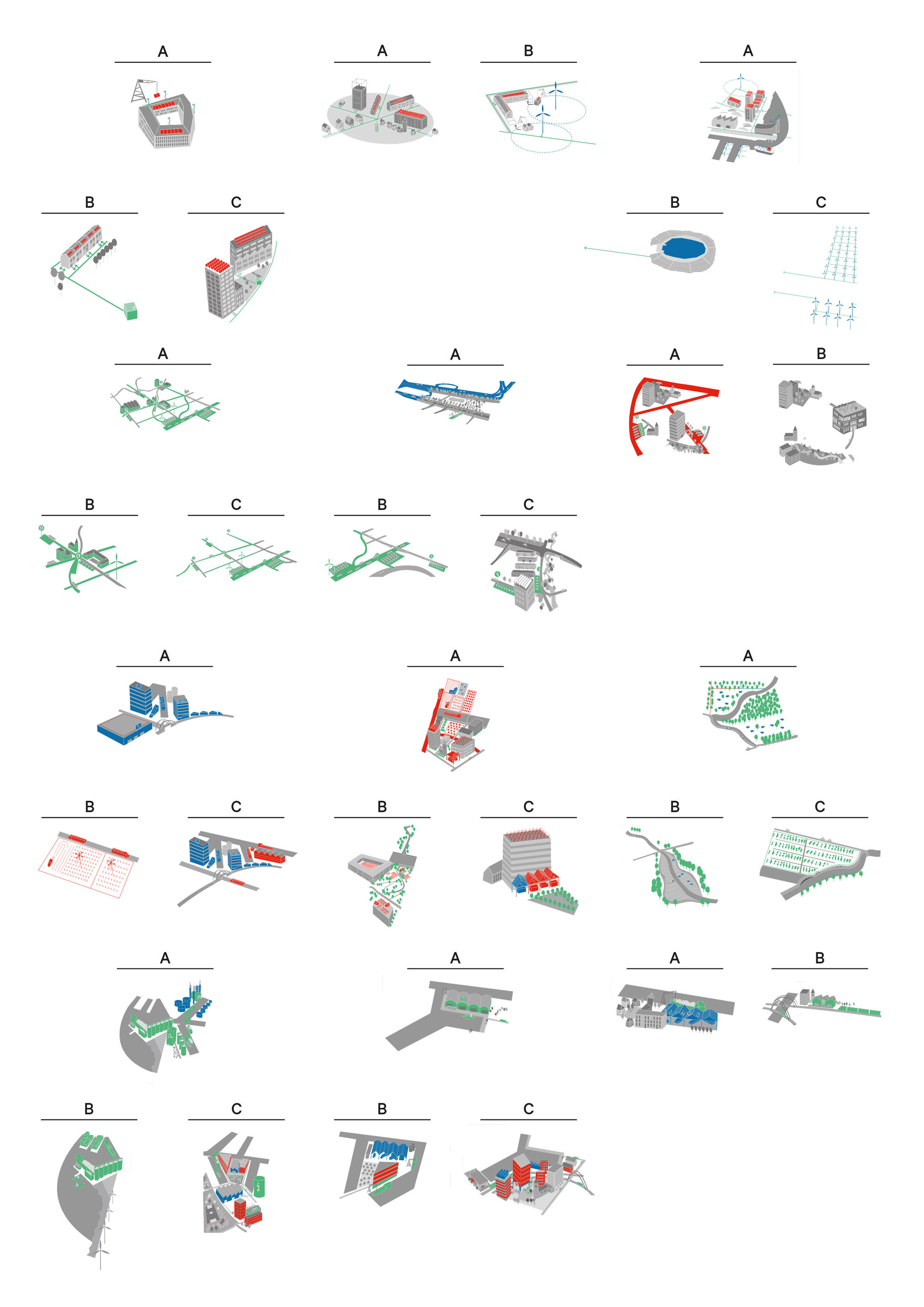
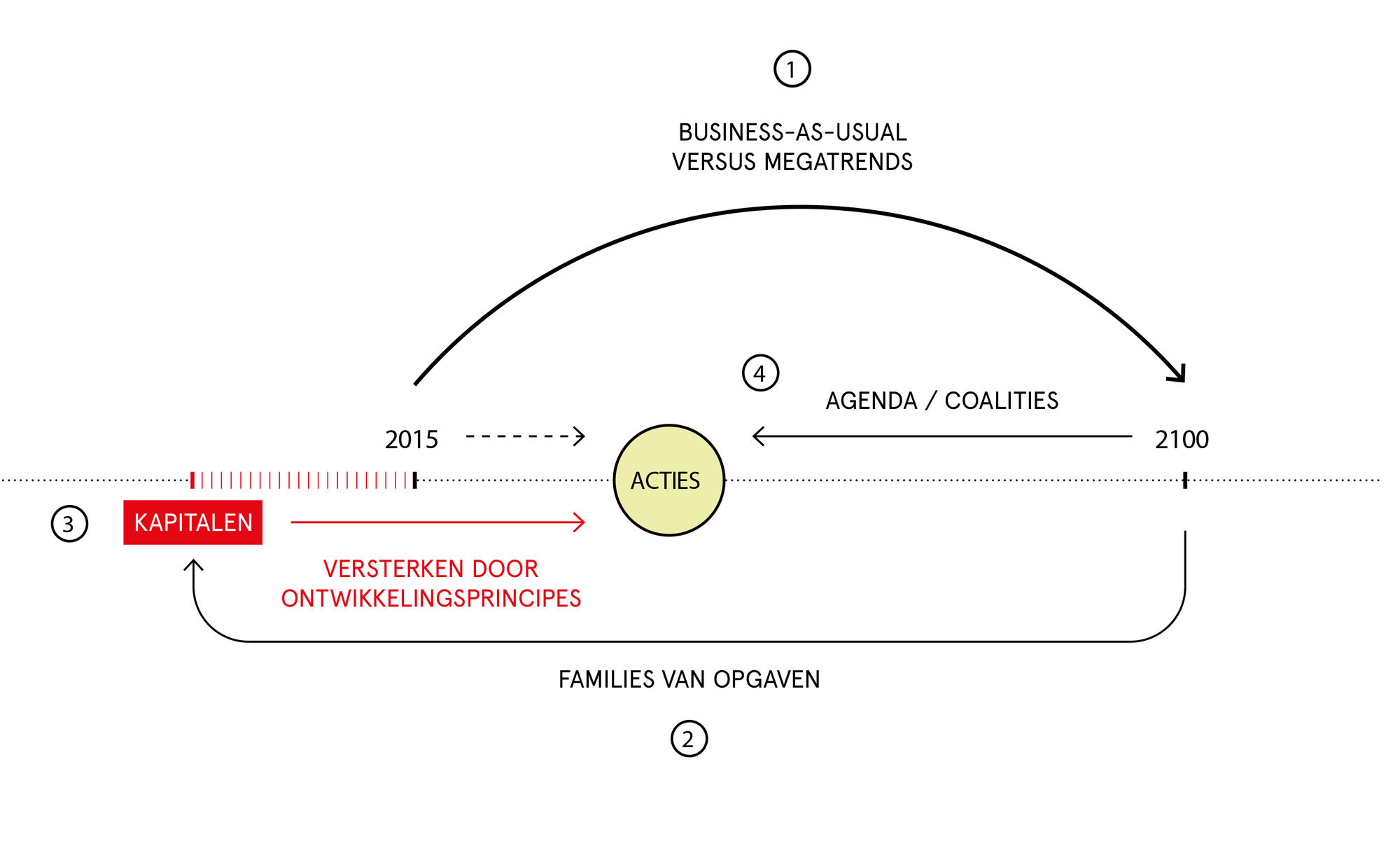
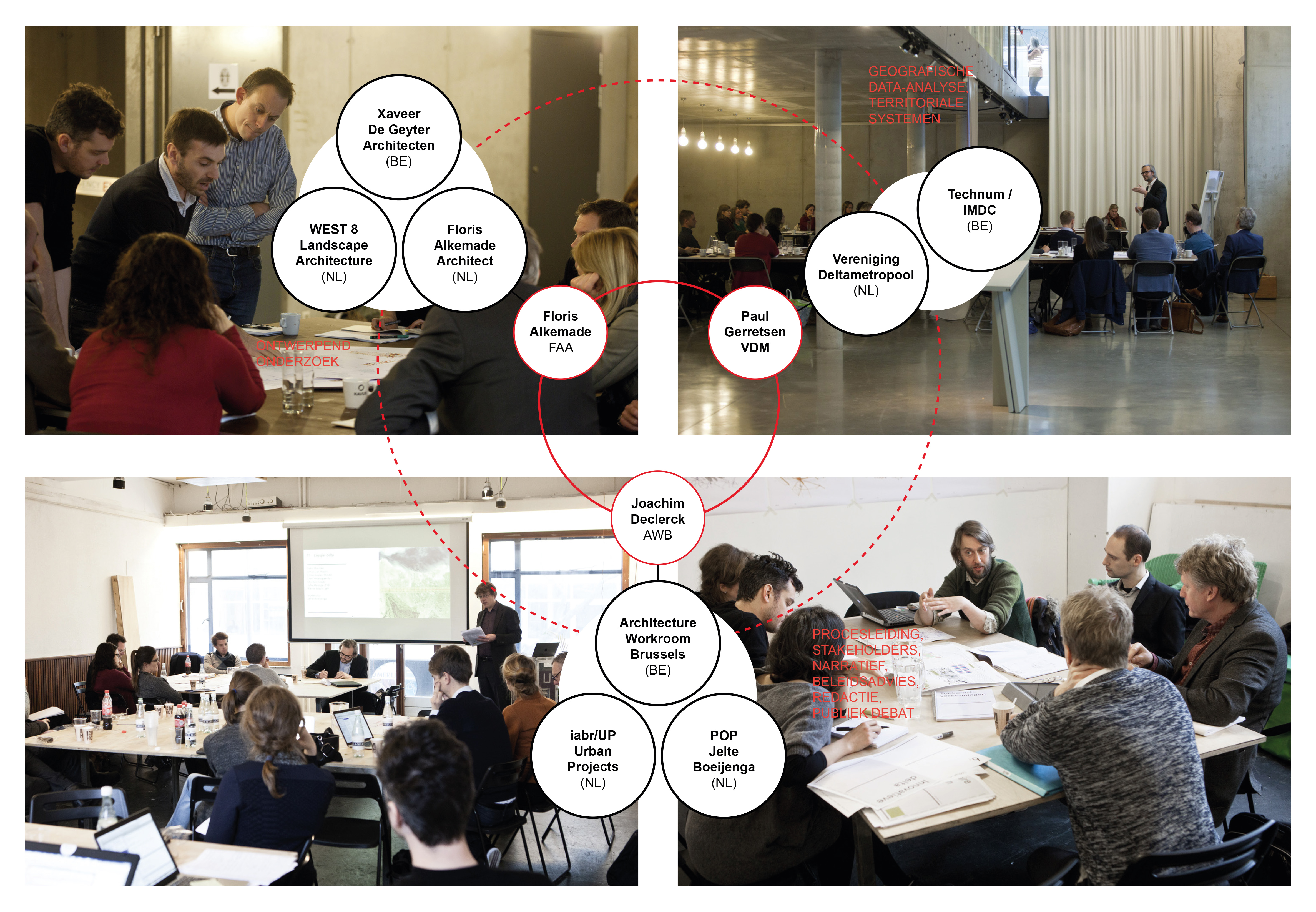
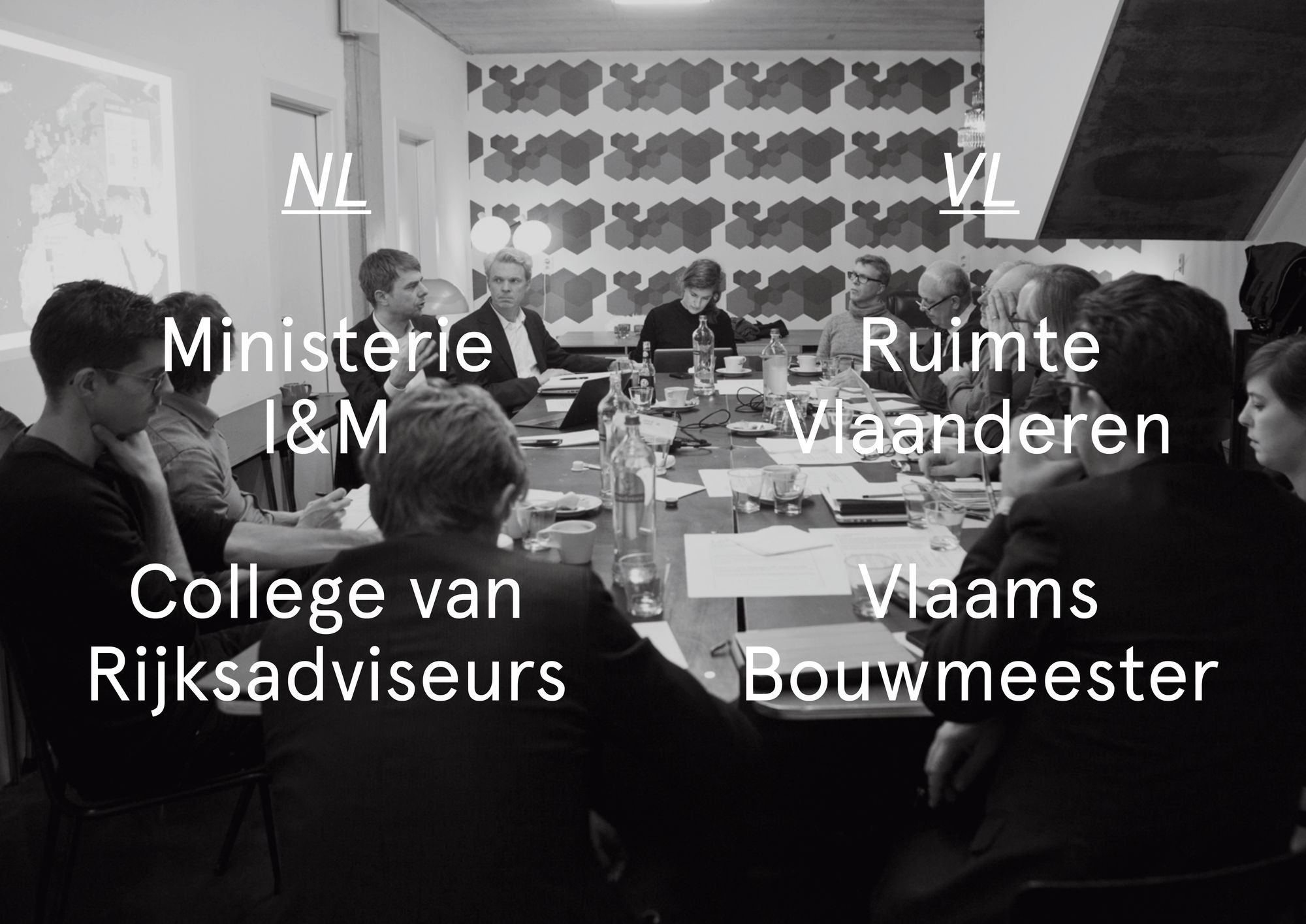
The publication 'De Lage Landen 2020-2100 Een toekomstverkenning' (The Low Countries 2020-2100 An exploration of the future) first looks at the shared foundation of the Low Countries. What binds the countries in the Eurodelta - called the 7 capitals in the book - and what is their strength? And how can we make maximum use of it, to steer the transitions in the right direction?
Then, 12 spatial strategies for the Low Countries will be explained. The spatial strategies break down the complex tasks we are faced with in manageable and feasible projects, tailored to the Low Countries. Finally, the question is asked - how we can work with all these spatial insights and strategies? How do we implement them in practice? What kind of policy, which approach and which coalitions are needed to turn the radical transitions into opportunities to strengthen the prosperity and quality of life in the Eurodelta? That's the search for an action perspective.
The De Lage Landen 2020-2100 study is an initiative by the Flemish Department of Spatial Planning, the Flemish Government Architect's Team, the Directorate for Spatial Development of the Ministry of Infrastructure and the Environment and the Board of Government Advisers.
The Low Countries face a number of major challenges in the coming decades. It is important that we prepare for this in good time. This requires insight as to what binds the countries in the Eurodelta in the first instance. The study presents 7 capitals of the Low Countries:
1. Fertile soil
More specifically, this means diverse subsoil, intensive land use and high production and agricultural clusters. The Eurodelta is therefore a very fertile delta. Shared soil to which we owe a diversity of landscapes and cities and a flourishing agricultural sector. The combination of rich, diverse soils, a humid and mild climate and the abundant availability of water has produced one of the most intensive and productive agricultural areas in the world.
2. Delta ecosystem
A Delta ecosystem with abundant water, an interwoven ecological network and renewable energy: soil, wind and sun. The treasures of the soil, nature and biodiversity, the entire water management system, energy supply and the natural environment: the ecosystem provides a large number of supporting and regulating services that are crucial for productive agriculture, for industry and logistics, for society as a whole.
3. Connected delta
A connected delta with an international network, accessible urban area and cross-border living and working. The Low Countries are characterized by a polycentric urban system which is extremely well connected.
4. Ports of Europe
The ports of the Low Countries together form the ultimate gateway to Europe. Rotterdam and Antwerp are the two largest ports in Europe, and are surrounded by the ports of Amsterdam, Vlissingen, Terneuzen, Ghent and Zeebrugge. Thus, Europe forms part of the Port system from Le Havre to Hamburg. This location between Europe and the world forms a unique quality for the Eurodelta. The entire system is connected to a robust but dense multi-modal transport network of rivers, canals, roads and railways. In addition, the Eurodelta has specialized and complementary ports.
5. Various habitats
Various habitats with living between urban and rural, a landscape that gives identity, and a meaningful historical heritage. The Eurodelta is a decentralized metropolis that is also defined culturally by its many regional identities.
6. Innovative delta
An innovative delta with free cities of knowledge and research, innovation in valleys, science parks and high-tech campuses, and a highly educated population.
7. Sympathetic city
A sympathetic city with shared prosperity, an open housing market and accessible care, education and culture. The decentralized city of the Low Countries is thus a sympathetic city.
Based on these seven unique qualities, twelve strategies for the Low Countries were distilled, divided into four clusters:
Renewable energy
Strategy 1 - Energy districts
Strategy 2 - Energy Oriented Development
Strategy 3 - Large scale connection
Shared mobility
Strategy 4 - Service stations
Strategy 5 - Integrated infrastructure
Strategy 6 - The polycentric city
Healthy agriculture
Strategy 7 - Food factory
Strategy 8 - Urban supplying agriculture
Strategy 9 - Landscape architecture
Circular economy
Strategy 10 - Open port
Strategy 11 - The productive city
Strategy 12 - Distribution villages
This publication serves as the foundation to prepare a shared Flemish-Dutch agenda.
The De Lage Landen 2020-2100 study reaches out to various social actors to work out a program policy together.